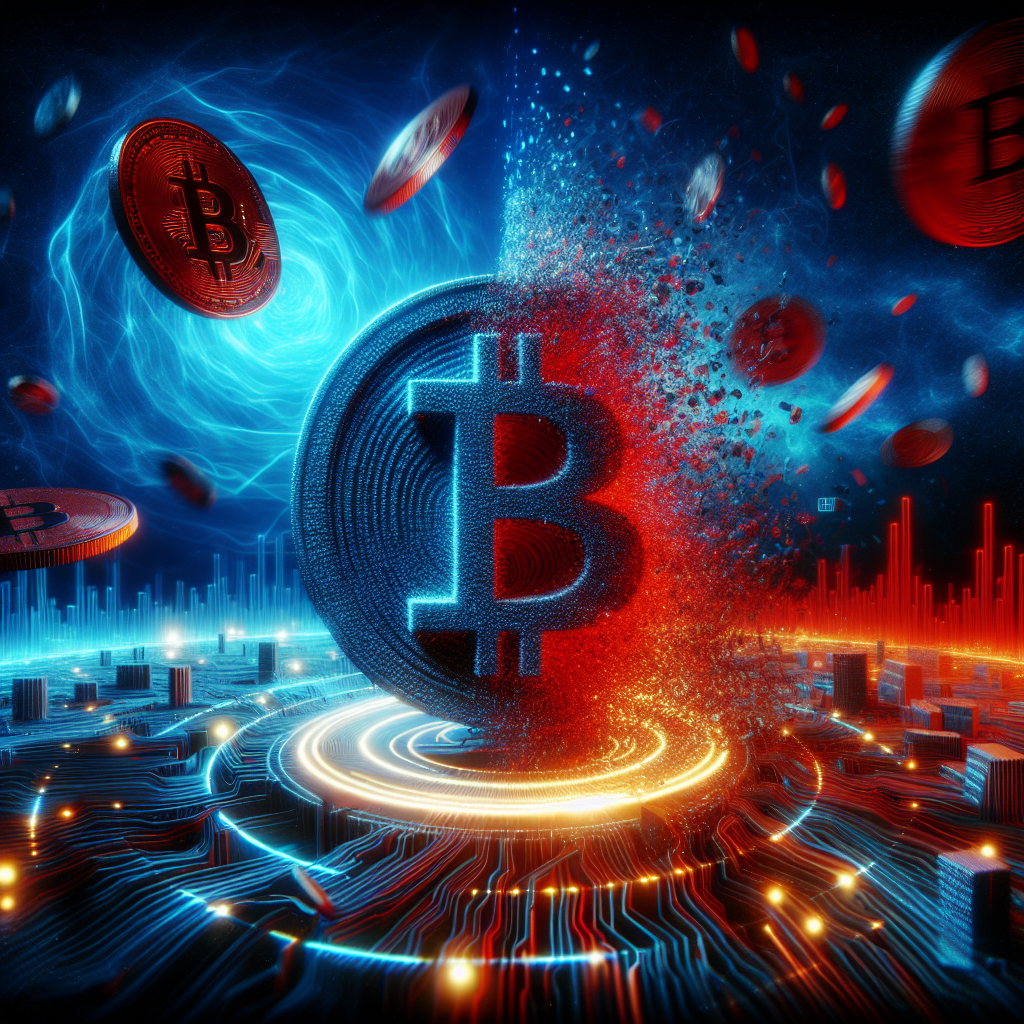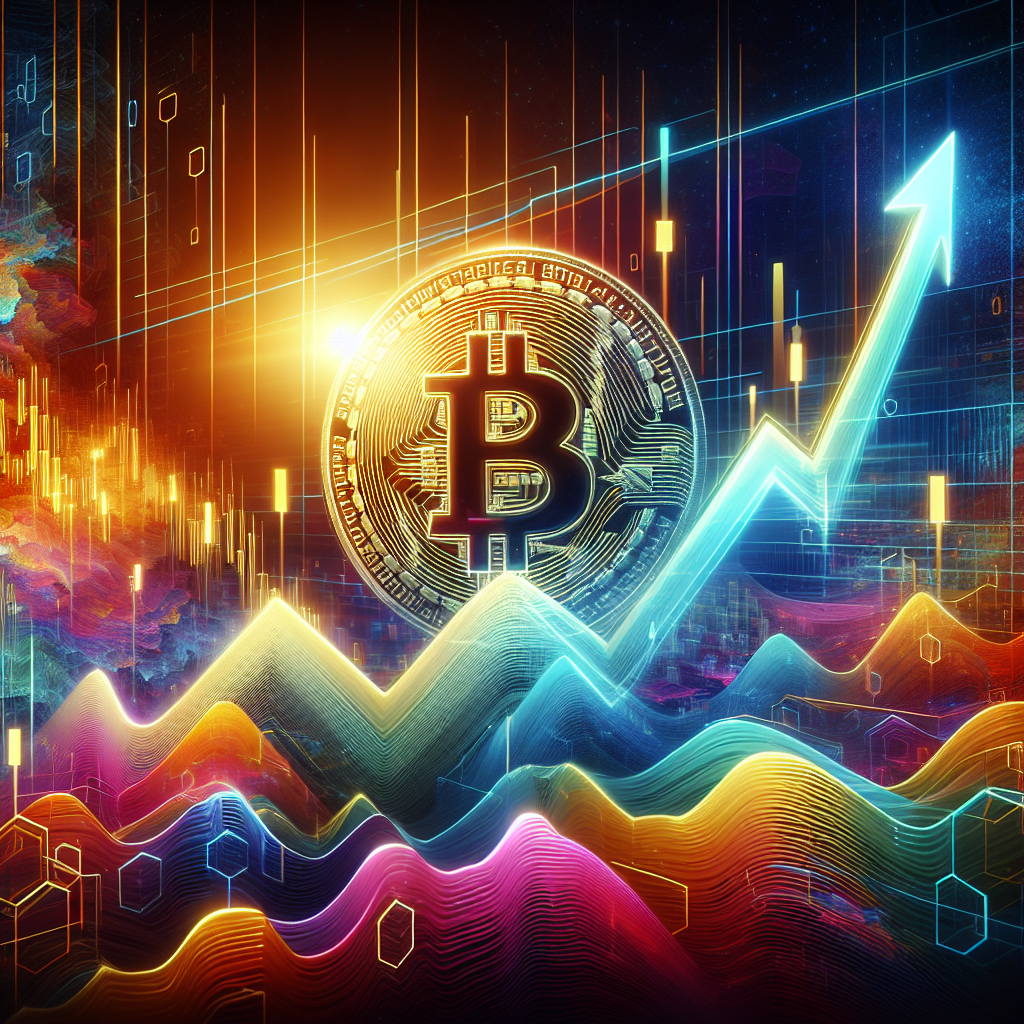Various platforms, including Bitstamp, Kraken, Huobi Global, and Coinbase, offer the ability to buy XRP. The token serves dual purposes: as a method for transactions or as a vehicle for market speculation.
Options abound for acquiring XRP, catering to diverse needs whether it’s for payment or investment.
XRP, a top contender among cryptocurrencies by market valuation, is intricately linked to the XRP ledger, crafted explicitly for business-oriented financial exchanges. Speculators find XRP appealing for its pricing volatility potential.
Within the framework of the XRP Ledger, geographically dispersed validator nodes operate under a blockchain-based system. Trust is established through unique configurations known as the Unique Node List (UNL), consisting of nodes managed by various financial entities.
XRP can be obtained through centralized exchanges, P2P networks, DeFi initiatives, crypto ATMs, and payment platforms. Participation in specific exchange-sponsored programs might also yield XRP rewards.
Passive XRP Earnings
Although XRP isn’t staked traditionally due to its unique consensus mechanism, passive earnings can arise through lending arrangements and liquidity contributions. Reward schemes might also enhance XRP holdings.
Staking, normally a process of securing stakes to validate transactions, isn’t applicable to XRP, given its reliance on the XRPL Consensus Protocol. As such, staking opportunities are absent in the XRP ecosystem.
By lending XRP or joining liquidity pools, passive income streams become possible. Some exchanges further entice users with reward offerings for holding XRP.
Exchange Incentives
Certain exchanges provide incentives for XRP holders, typically through holding periods in exchange for perks like bonus interest or lower trading fees, resembling staking practices.
Earning Through Liquidity Pools
By contributing to liquidity pools that facilitate currency swapping, investors earn from interest and trading fees. However, pool rewards can be unpredictable, mirroring market fluctuations.
Decentralized Financial Platforms
Blockchain-powered dApps form the backbone of DeFi platforms, offering financial services sans traditional intermediaries. This setup stands apart from P2P exchanges by leveraging automated solutions.
Both P2P exchanges and DeFi platforms augment the crypto landscape by ensuring privacy and transaction control. They fill liquidity gaps and provide financial options to those without traditional banking access.
Unlike direct P2P exchanges, DeFi platforms may incorporate automated market makers for broader financial offerings, from lending to borrowing. Crypto ATMs serve a separate function, offering easy crypto access through cash and cards.
For locating XRP-friendly ATMs, resources like ATMlocator and Coin ATM Radar provide global data on available machines.
Networks facilitating XRP withdrawals include:
- General Bytes
- BitAccess
- Local Coin
Peer-to-Peer Exchange Systems
Facilitating direct asset exchanges, P2P systems bypass intermediaries, providing both privacy and transaction control, albeit with potential liquidity and cost challenges.
Nevertheless, P2P methods might invite scrutiny due to their anonymity, potentially leading to legal implications if misused for illicit activities.
Mobile Wallet Options
While the XRP Ledger lacks its own wallet, third-party applications like Trust Wallet and Coinbase Wallet offer XRP purchasing and storage solutions directly on mobile devices, albeit at a cost.
Popular wallets supporting these functions include:
- Trust Wallet
- Exodus
- Coinbase Wallet
- Atomic Wallet
- Metamask
XRP is poised to revolutionize the speed of global finance. Unmineable, XRP can be acquired through direct purchase, receipt, or reward via varied exchange and wallet platforms.
The perspectives shared within this article cater to informative goals alone. For further clarity, refer to our detailed documentation. As of publication, the author possesses holdings in BTC, ETH, ADA, and XRP.


